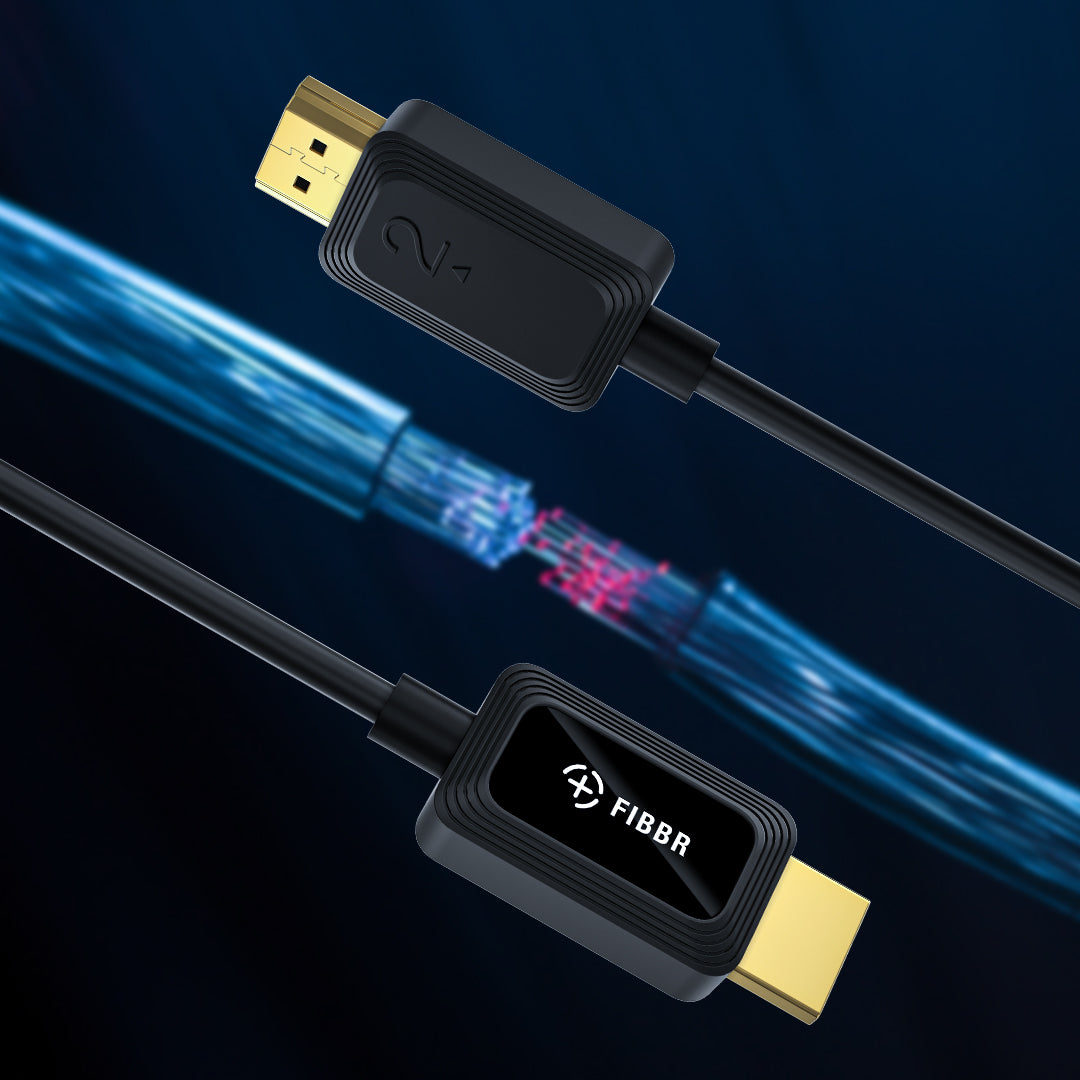Fiber optic cables have grown in popularity over the past few years as the demand for faster data transfer speeds in networks continues to increase, however, some people may still be clueless about what fiber optic cables are.
What is fiber optic cable?
How does it work?
This article will take you to understand the definition of fiber optic cable and the information on the working principle of fiber optic cable.
Fiber optic cable, is an Ethernet cable consisting of one or more optical fibers used to transmit data.
It is a cable-like component that carries light.
Fiber optic cables are designed to use light pulses to support long-distance telecommunications and high-speed data transmission.
Typically, fiber optic cables can run at 10 Gbps, 40 Gbps, or even 100 Gbps.
What does a fiber optic cable consist of?
Typically, a fiber optic cable consists of five parts: core, cladding, coating, strength elements and outer jacket.
The "core" is a very thin strand of glass or plastic called an optical fiber.
The "cladding" is the insulating sleeve that closely surrounds the "core", providing the lower index of refraction for the fiber to work.
The "coating" is the protective layer of the optical fiber.
"Reinforcing elements" or reinforcement members help protect the core from crushing forces and excessive tension during installation.
The outer jacket is used to protect the cable from environmental hazards.
How does fiber optic cable work?
After understanding "what is fiber optic cable", let's take a look at fiber optic cable "how does it work"? .
Light travels along the fiber optic cable by repeated reflections from the inner walls. The core and cladding bend the incoming light at an angle and have their own refractive index. When optical signals are sent through the fiber optic cable, they bounce in a series of bounces. Reflection from the core and cladding, a process called total internal reflection.
